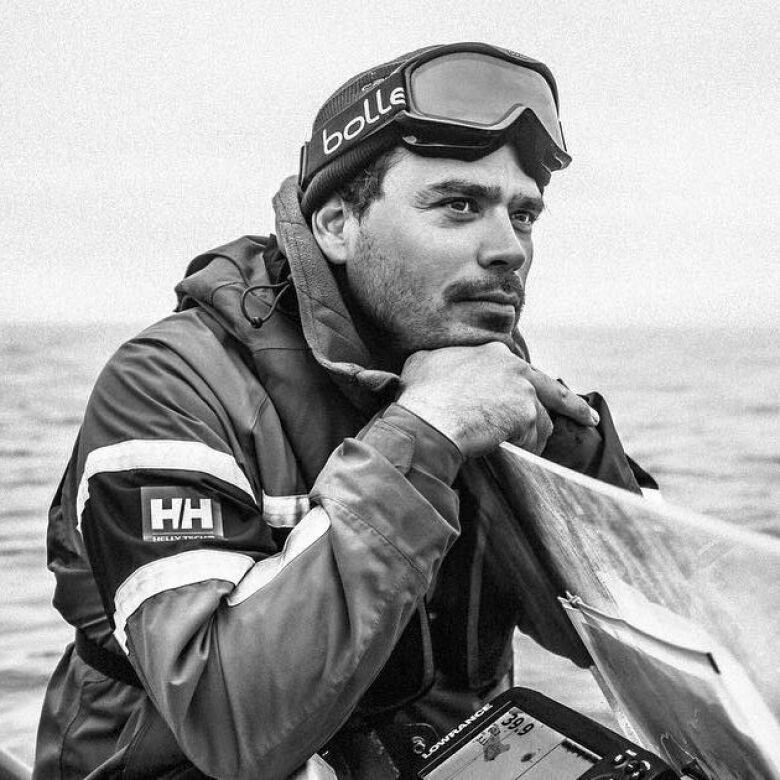Record-breaking tourism numbers in B.C. bolster Indigenous businesses
Appetite for authenticity means more eyes on Indigenous people to lead the way in tourism industry
Indigenous tourism in B.C. has hit an all-time high.
A new report shows that customers spend more than $705 million a year on tourism businesses run by First Nations in the province.
There are currently 401 Indigenous tourism businesses in B.C., up from 267 in 2014, according to the study conducted by O'Neil Marketing and Consulting. Together, the businesses create 7,400 full-time jobs.
The bulk of them are in retail, outdoor adventure and accommodation, with Indigenous people directly controlling the companies or having their culture serve as the essence of the attraction.
"We are thrilled to share the unprecedented statistics outlined in the Tourism Performance Audit Report," said Brenda Baptiste, the co-chair of Indigenous Tourism B.C.
She credits the success to the hard work of Indigenous tourism operators who she says create experiences that promote Indigenous cultures to an estimated 3.6 million overnight travellers annually.
Appetite for authenticity
With more concerns around cultural appropriation and an appetite for authenticity, more eyes are on Indigenous people to lead the way in the industry. But not everyone thinks culture should be sold.
Frank Antoine, a co-chair of Indigenous Tourism B.C. and the owner of Moccasin Trails, an outdoor adventure company said he's following concerns from elders to ensure Indigenous culture and land is respected and not exploited.
"You are not trying to sell your place but educate people about where you come from and why that particular territory is sacred," Antoine said.

Antoine said for him, it's less about making a profit and more about preserving culture. It's a concept called biosphere that has entered into the mainstream tourism industry and aims to strike a balance between the economic, socio-cultural and environmental dimensions of a destination,
'Not going to play Indian'
It's important for Antoine that tourists know that Indigenous culture doesn't look a certain way.
"You don't have to dress up and play a part," he said. "You don't have to wear a ribbon shirt. You can wear a tank top and say this is how I want to show who I am," he added.
That's something that is also key to James Cowpar. He runs the outdoor adventure company, Haida Styles Expeditions, on Haida Gwaii.
"We are not going to play Indian, when we conduct our business," he said. When we are greeting guests from around the world, we are going to be true to the heart. We are who we are," Cowpar added.
He said tour guides are welcome to wear regalia, but they can wear whatever they feel comfortable in.

Still, Cowpar continues to field uncomfortable questions.
For example, he has been asked why they are not paddling in a wooden war canoe and instead use an aluminum powerboat.
"The tourists don't know how to paddle," he joked, then explains how it's not a timely or economical way to travel or fish today.
He says he and his crew use those awkward questions as opportunities to educate.
Tourism puts stress on housing crisis
Over the past few years, there's been a surge in tourists visiting communities like Haida Gwaii. Cowpar says scores of new visitors, like professors, have reached out to him wanting to learn more about Haida people, culture and the land.
An increased demand from tourists means more business for restaurants, hotels, shops and artisans, but it also means a demand to accommodate more people with housing that might not be readily available.
"The first telltale sign is that everyone wants to turn their rentals into an Airbnb," Cowpar said.
"So, like Vancouver and other places, you are not guaranteed to have full-time housing, because, come summer, your landlord may want to put it up," he added.
A housing report funded by B.C. Housing and the Gwaii Trust Society showed how an increased demand from tourists and the growth of short-term rentals plays into the housing shortage on the island.
It can mean a lack of accommodation during tourism season that could cause potential restaurant and hotel workers to relocate, making the benefits of tourism questionable in some communities.
These communities may need to start looking at more options to build capacity, so the Indigenous tourism boom benefits all.